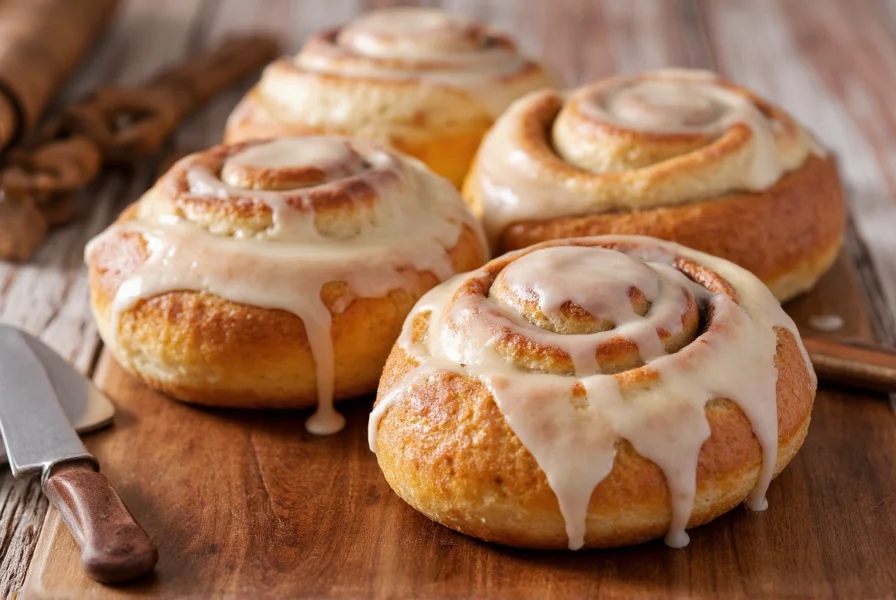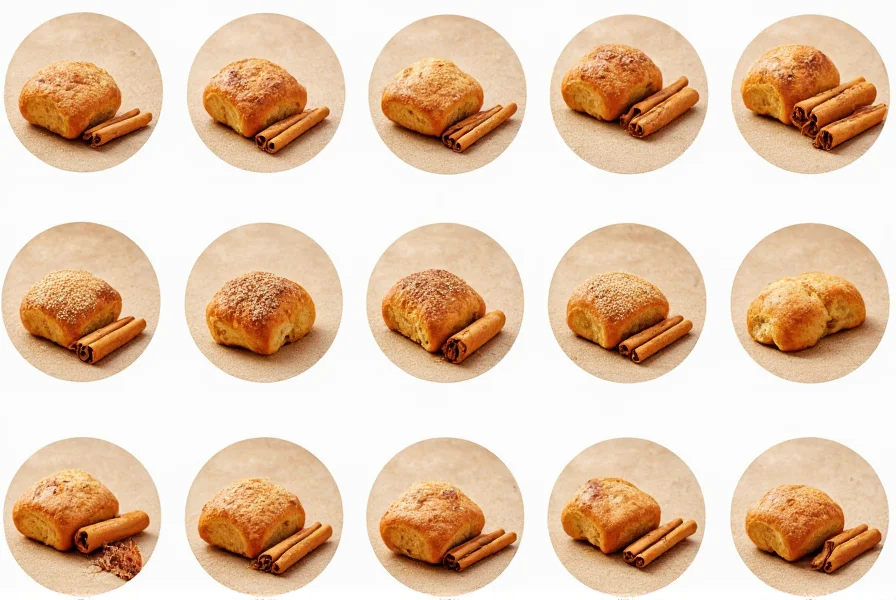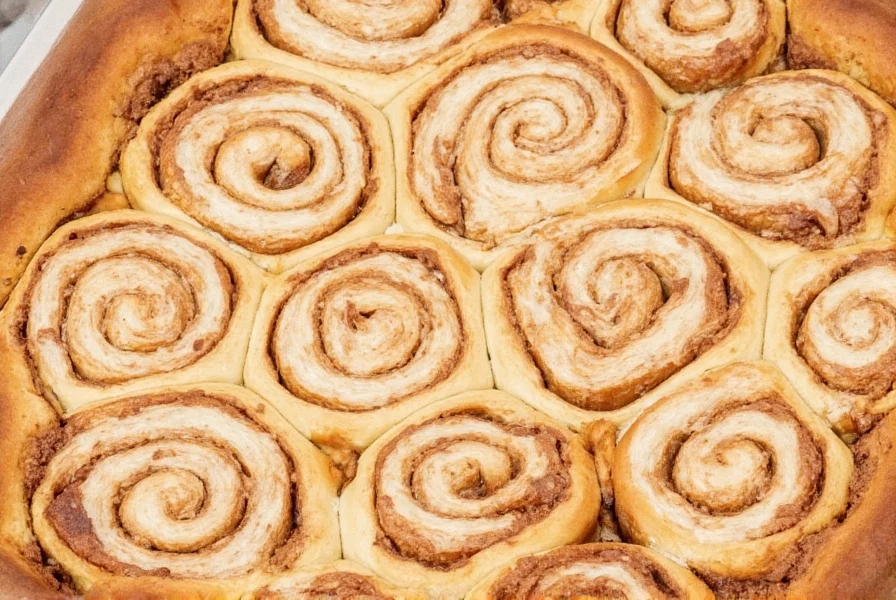Whether you're designing a food blog, creating social media content, or personalizing your device, cinnamon roll backgrounds offer a warm, comforting visual element that resonates with baking enthusiasts and design professionals alike. These backgrounds come in various styles, from minimalist flat lays to rustic textured compositions, each serving different design purposes.
Different Styles of Cinnamon Roll Backgrounds
Cinnamon roll backgrounds aren't one-size-fits-all. Understanding the different visual styles helps you select the perfect option for your specific needs. The most popular variations include:
- Rustic wooden table backgrounds - Featuring cinnamon rolls on distressed wood surfaces with natural lighting
- Minimalist flat lay compositions - Clean, simple arrangements with ample negative space
- Overhead steam effect shots - Capturing the warmth of freshly baked rolls with visible steam
- Textured parchment paper backgrounds - Rolls presented on baking paper with subtle grain textures
- Seasonal variations - Incorporating holiday elements like autumn leaves or winter spices
Each style serves different design purposes. Minimalist backgrounds work well for professional websites where content needs to stand out, while rustic textures create a more casual, food-blog friendly atmosphere. When selecting free cinnamon roll background images, consider how the visual style aligns with your overall design aesthetic and purpose.

Technical Specifications for Optimal Usage
Not all cinnamon roll backgrounds work equally well across different devices and platforms. Understanding the technical aspects ensures your chosen background performs well in your intended application:
| Application | Recommended Resolution | File Format | Color Profile |
|---|---|---|---|
| Desktop Wallpaper | 1920x1080 or higher | JPEG/PNG | sRGB |
| Mobile Background | 1080x1920 | JPEG | sRGB |
| Website Background | 2000px width | PNG (transparent) | sRGB |
| Social Media Cover | 820x312 (Facebook) | JPEG | sRGB |
High-resolution cinnamon roll wallpapers should maintain visual clarity when scaled. For website implementations, consider using CSS background-size properties to ensure proper display across devices. When working with aesthetic cinnamon roll phone backgrounds, remember that mobile operating systems often add blur effects to home screen backgrounds, so slightly oversaturating colors can help maintain vibrancy.
Finding Quality Cinnamon Roll Background Resources
Not all free cinnamon roll background images offer the quality needed for professional applications. When searching for high-quality options, focus on these criteria:
- Resolution - Look for images at least 1920 pixels wide for desktop use
- Lighting quality - Natural lighting creates more authentic-looking rolls
- Composition - Well-framed images with balanced elements
- Color accuracy - Warm, inviting tones without unnatural saturation
- File integrity - No compression artifacts or visible watermarks
Reputable stock photo platforms and food photography sites often provide the best cinnamon roll background for digital projects. When evaluating potential backgrounds, zoom in to check for texture quality and detail in the icing swirls and pastry layers. The best cinnamon roll background styles maintain visual interest even when partially covered by interface elements.

Creative Implementation Strategies
Simply applying a cinnamon roll background rarely produces optimal results. Consider these professional techniques for more effective implementation:
Layering with transparency: Apply a semi-transparent overlay (15-30% opacity) between your background and content to improve text readability while maintaining the visual appeal of your cinnamon roll background design.
Strategic cropping: Focus on specific elements of the background that complement your content. For example, position text over less detailed areas of the image to maintain readability while showcasing the most appealing visual elements.
Color coordination: Extract dominant colors from your cinnamon roll background and incorporate them into your overall color scheme for cohesive design. The warm browns, cinnamons, and creamy whites typically found in these backgrounds work well with earth tones and complementary colors.
When implementing how to use cinnamon roll backgrounds effectively, remember that subtlety often works best. The background should enhance, not compete with, your primary content. For professional websites, consider using cinnamon roll elements as accent backgrounds rather than full-page coverage.
Common Implementation Mistakes to Avoid
Even high-quality cinnamon roll backgrounds can undermine your design when implemented poorly. Watch out for these common issues:
- Poor text contrast - Light text on light-colored icing areas reduces readability
- Overly busy compositions - Backgrounds with too much visual detail distract from content
- Inconsistent styling - Using rustic backgrounds with modern minimalist interfaces
- Excessive repetition - Tiling small background images creates visible seams
- Ignoring focal points - Placing important UI elements over the most visually interesting parts of the image
For optimal results with cinnamon roll desktop backgrounds, test your implementation on multiple devices and screen sizes. What looks balanced on a large monitor might appear cluttered on a mobile device. Consider creating responsive background solutions that adapt to different screen dimensions.
Creating Custom Cinnamon Roll Backgrounds
If pre-made options don't meet your specific needs, creating custom cinnamon roll backgrounds offers complete control over the final result. Here's a streamlined approach:
- Plan your composition - Sketch layout ideas considering where content will appear
- Photograph or source elements - Capture high-quality cinnamon roll images or obtain vector illustrations
- Adjust lighting and color - Ensure consistent warmth and appropriate contrast
- Optimize for purpose - Crop and resize specifically for your intended application
- Test implementation - Apply to your actual interface to evaluate effectiveness
When creating your own cinnamon roll background design tips, focus on maintaining visual hierarchy. The background should recede visually while still contributing to the overall aesthetic. Consider adding subtle texture overlays to enhance depth without overwhelming the primary subject.
Conclusion
Cinnamon roll backgrounds offer a warm, inviting visual element that, when implemented thoughtfully, can significantly enhance digital experiences. By understanding the different styles available, technical requirements, and implementation best practices, you can select or create the perfect background for your specific needs. Remember that the most effective backgrounds serve your content rather than competing with it, creating a cohesive experience that feels both professional and welcoming.
Where can I find high-quality free cinnamon roll backgrounds?
Reputable stock photo platforms and food photography communities often offer high-quality cinnamon roll backgrounds. Look for sites with proper licensing for your intended use, and always verify resolution and quality before implementation. Many photography-focused platforms provide free options with appropriate attribution.
What resolution should cinnamon roll desktop backgrounds be?
For desktop wallpapers, aim for at least 1920x1080 pixels (Full HD), with 3840x2160 (4K) being ideal for high-resolution displays. Higher resolutions provide flexibility for cropping and ensure crisp display across various monitor sizes without pixelation.
How do I make text readable over cinnamon roll backgrounds?
Apply a semi-transparent overlay (15-30% opacity) between the background and text, use text shadows, or implement a subtle blur effect on the background behind text areas. Strategic placement of text over less detailed areas of the image also improves readability while maintaining the visual appeal of the cinnamon roll background.
Can I use cinnamon roll backgrounds for professional websites?
Yes, when implemented thoughtfully. For professional contexts, consider using more minimalist cinnamon roll background styles with ample negative space, subtle textures, and restrained color palettes. The key is ensuring the background enhances rather than competes with your content, maintaining a balance between visual appeal and professional presentation.
What are the best color schemes to pair with cinnamon roll backgrounds?
Cinnamon roll backgrounds naturally complement warm earth tones, cream whites, and soft browns. For contrast, consider deep blues or forest greens as accent colors. When selecting complementary colors, extract dominant hues from your specific background image to create a cohesive palette that enhances the overall visual harmony of your design.











 浙公网安备
33010002000092号
浙公网安备
33010002000092号 浙B2-20120091-4
浙B2-20120091-4